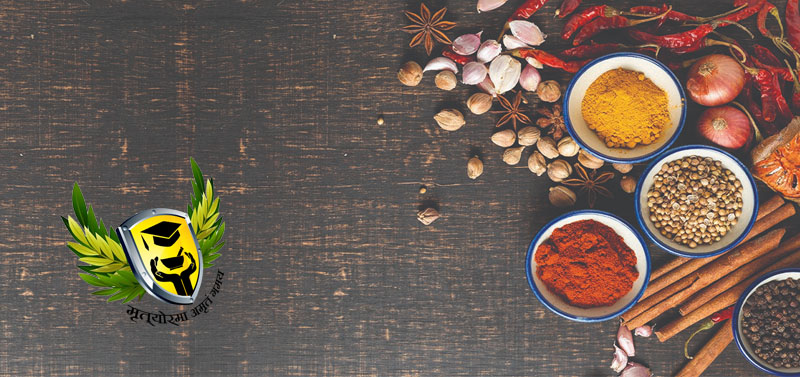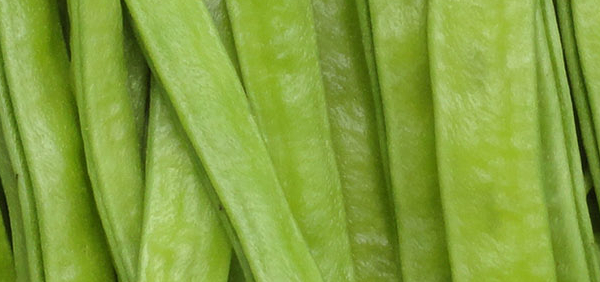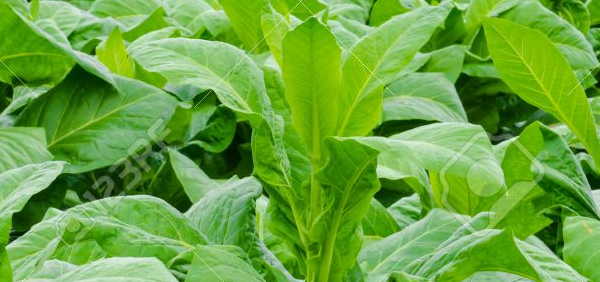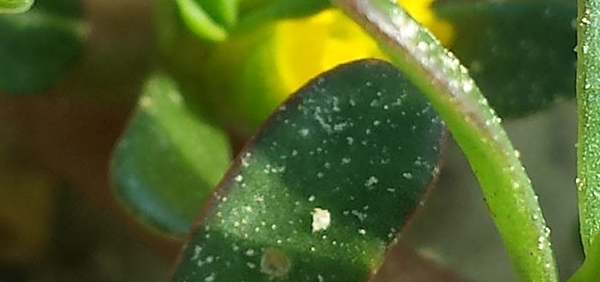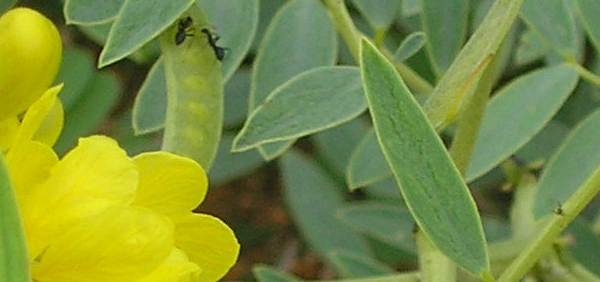agaru:

Cultivation:
The natural production of agarwood takes many decades to develop,and when it does form it is usually found in a very small percentage of tree. Over the past years, many techniques have been tried to induce agarwood. A traditional way used by some farmer sis to cause repeated wounding of trees. This method may produce a very small amount of law quality agarwood at times or may be unsuccessful. Another method used in Bangladesh is to apply nails into the tree often with hundreds or even thousands of nails put into each tree. This process is extremely labor intensive and takes a great deal of time to carryout. After many years, each nail wound produces a slight amount of low quality resinous wood and if all of the resin around these nail wounds is collected, the amount can be used for oil extraction.
A long term investigation of how Aquilaria produces resin in natural forests by the author colleagues at the university of Minnesota and the Rain forest project foundation has provided valuable information on the biological processes involved and the management systems needed for high quality resin production.Field trials over many years using methods that mimic the natural production of agarwood have shown great success and are now being used to produce high quality agarwoodin young plantation grown trees in many areas of the Indomalaya region. In addition the production of agarwood is not limited or restricted to just a few trees but can be formed in all trees that are treated. The whole tree can produce resin and it can be found from the base of the tree up into the small branches using this new agarwood inducement technology. Since the methods used and treatments applied require significant expertise to carry out, kits have been developed that can be applied by professionally trained people. Proper managment of the trees is also required as the resinous wood is formed in the tree. Although the procedures may be difficult for individual farmers to apply, cooperatives or agroforestry industry with trained staff can fecilitate the application of the technology and carry out the work easily. This technology has proven record of success and has been used in aquilaria plantations located in Vietnam over many years. The same methods can be used in Mazoram or other states of India, Bangladesh and other hill countries
Propogation:
Agar plant prefers high humid, sub tropical climate with rainfall 1800-3500 mm per annum. It grows from sea level up to 500-m attitudes. It is a sun-loving plant and requires lot of sunshine.Agar is propagated by seeds, which are available seed is epigeal, therefore, special care should be taken in nursery management. They are first germinated in sand beds and then transferred to poly bags. Seed has short viability period(7-10 days).
Harvesting:
The physical age, growth rates and/ or wood volume or physiological maturity do not govern the harvesting age of agar tree for commercial purpose. It is the infected tree and whose further growth is arrested due to physiological imbalance is harvested and yields agarwood and oil.
Generally, the bad and deformed trees attain harvestable first unlike other forest species. The healthy tree are left to undergo stresses or subject to infection either naturally or artificially to induce oil formation. The harvesting is done on selection and continues for a longer period from a plantation raised at the same time.
- » Classification and names of agaru
- » Synonyms and definitions of agaru
- » Drug Properties of agaru
- » Chemical Constituents of agaru
- » Standardization of agaru
- » Parts used and Dosage of agaru
- » Morphology and Histology of agaru
- » Distribution and Conservation of agaru
- » Cultivation of agaru
- » agaru in the market
- » Medicinal Uses of agaru
- » Researches and clinical trails of agaru
- » agaruin other sytems of medicine
- » Ayurvedic formulations with agaru
- » Images of agaru


